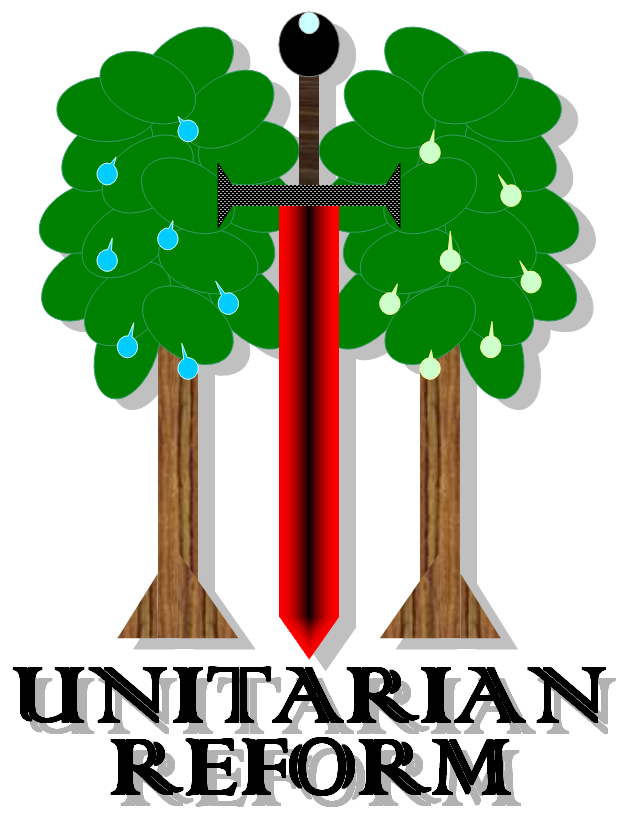The 6th Day of Defiance – John Hancock Day
 January 12th is John Hancock Day for American Unitarian Reform, the 6th Day of Defiance on the AUR Winterval Season liturgical calendar.
January 12th is John Hancock Day for American Unitarian Reform, the 6th Day of Defiance on the AUR Winterval Season liturgical calendar.
Not only was John Hancock a prominent Unitarian Christian, but he has become iconic in American culture for a single, famous act that has out-shined (or over-shadowed, depending on your point-of-view) everything else he did during the Revolution: he signed his name almost absurdly large on the Declaration of Independence.
He has become so iconic, in fact, that his name has become slang for “signature.”
The moral lesson to be drawn from the icon of Hancock is the importance of committing oneself publicly to a good cause, regardless of the consequences. At the time, Hancock’s signature was an act of sedition, and he was putting his own life at risk. By making his decision known in such a public and non-repudiable manner, he was enacting a sort of ritual, the same sort we see at weddings, confirmations, and in oath-taking like that in presidential inaugurations. Continue reading

 Earlier this year, a
Earlier this year, a